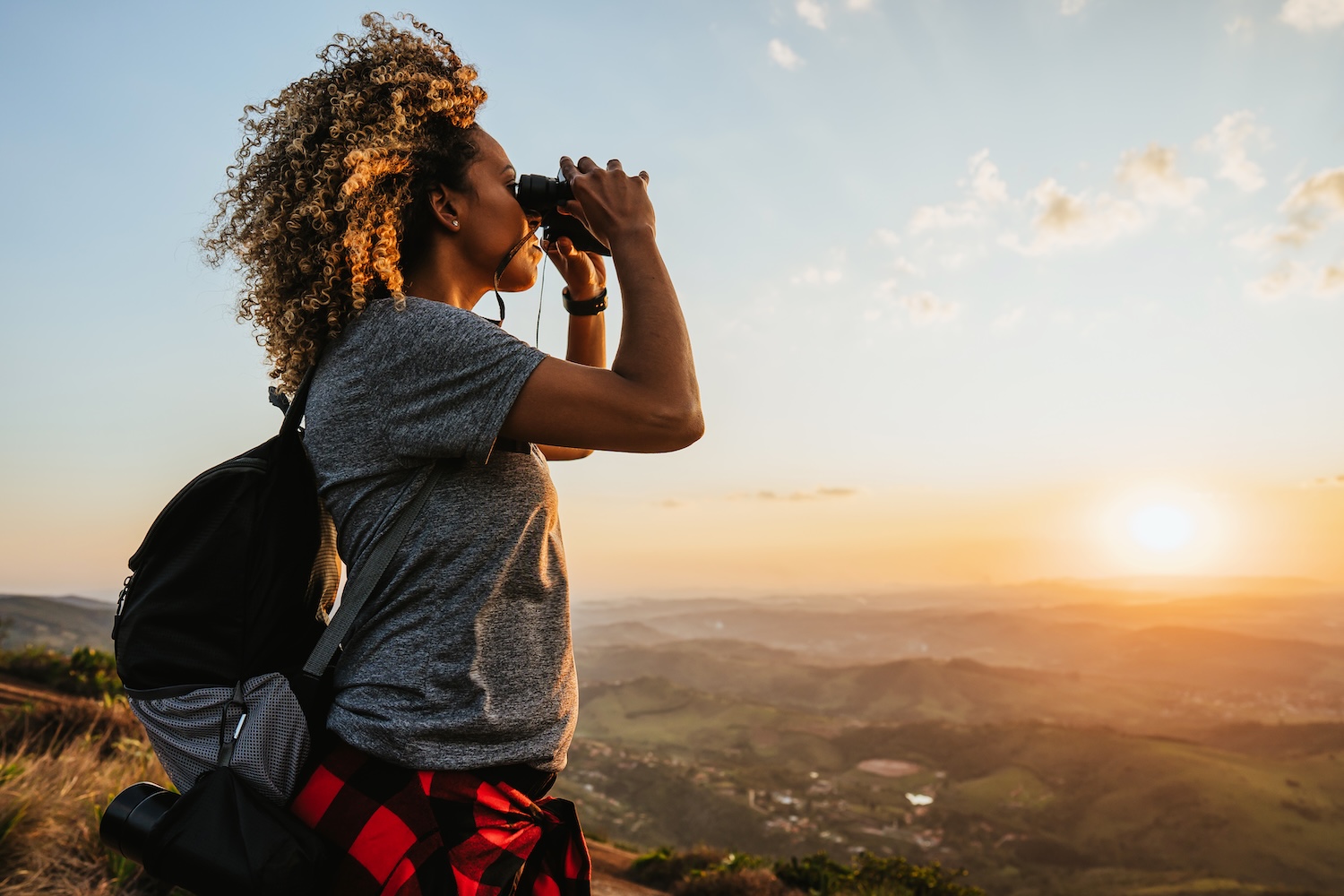The Yao (also Yawo) are a Bantu tribe who originated in Mozambique and today can be found in Mozambique, Malawi, and Tanzania. Historically, the tribe became one of power and influence as they grew rich through coastal trade with the Arabs who arrived at Africa‘s Southeastern coast.
A small tribe of about 2 million people, the Yao speak a language known as Chiyao. They are a farming and fishing tribe whose economic development depends heavily on agriculture. The Yao cultivate cassava, rice, corn, bananas, nuts, wheat, and various other crops.
According to Mfaume Saidi Mkwekwele, a Yao tour guide in Tanzania, these crops are staples in Yao meals.
“We also eat a lot of ugali, which is a type of stiff porridge, and natural vegetables without any oils. We can eat this from morning to evening, including it in each of our three meals. We eat together all from one large plate, washing our hands before and after dipping in a bowl.”
Yao are predominantly Muslim, with many incorporating their original tribal beliefs into their practice of Islam.
“We don’t fear for our health or from danger. We trust in Allah and are very passionate in our belief,” said Mfaume.
The Yao live in small villages of less than 100 people that have been set up alongside roads or paths. According to Encyclopedia.com, “most houses are thatched, while mosques may have an iron roof and a variety of architectural ornaments.”
Good manners and respect are very important to the Yao, and children are taught this from a young age. The Joshua Project said, “Greetings are important, with many children kneeling out of respect when greeting adults. In Yawo culture, it is the host (not the visitor) who initiates greetings.”
Although, ultimately, the Yao are still subject to the laws of the country they reside in, they use their own system of governance within their tribes. Problems are addressed and resolved in local village courts.
A matriarchal society, the Yao utilize a system of sorority groups called mbumba. According to Encyclopedia Britannica, on marriage the man leaves his village to live in that of his wife, so that villages are composed basically of groups of women related through the female line, together with their spouses.
Parents are responsible for choosing their son’s wife, said Mfaume, and polygamy is common. A large dowry is usually not required for Yao marriages.
The Yao are renowned as healers, with many of them being versed in spiritual and herbal medicine.
“Healers travel far and wide to gather potent plants and ingredients. There are practitioners who make use of the Islamic scriptures in various ways for divination or healing,” according to Encyclopedia.com.
Boys and girls take part in initiation ceremonies, which for boys includes circumcision. These ceremonies involve “the production of a series of pictograms that are part of a complex system of esoteric knowledge and ritual.” These pictograms are a popular art form among the Yao and one of their most developed forms of creating. “They are large and intricate designs that are modeled on the ground and outlined with flour so that they make an extraordinary spectacle on a moonlit night,” according to Encyclopedia.com.
Dance is another art form of the Yao people, and there are many types of dances they perform, including Likwata, Masewe, Chiwoda, Lyogo, and Sikili. Different dances are performed on specific occasions and celebrations, such as initiations or after the birth of a child, and they are often gender segregated.
“We celebrate crop season with a cultural ceremony that includes drumming and dancing,” said Mfaume.
Today, in addition to farming and fishing, modern Yao are skilled in weaving and building canoes. Labor is divided between women and men, with men taking on most of the agriculture, fishing and trade activities while women cook, clean, fetch wood and water, and fulfill other tasks needed to maintain the household.
Notable modern Yao people include Tanzanian poet Shaaban bin Robert and former Malawian president Bakili Muluzi.
Related: The Siddis: India And Pakistan’s Little Known African Tribe





